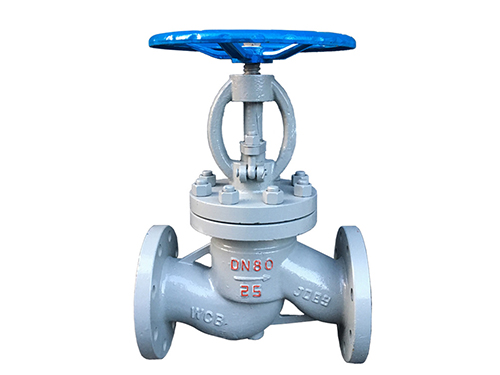A valve is a device used to control the direction, pressure, and flow of a fluid in a fluid system. It is a device that enables the medium (liquid, gas, powder) in piping and equipment to flow or stop and can control its flow. A valve is a fluid delivery system. Important control components in Preparation before operation
Before operating the valve, the operating instructions should be carefully read. Be sure to know the gas flow direction before operation, and pay attention to check the valve opening and closing signs. Check the appearance of the valve to see if the valve is damp. If it is damp, dry it. If you find any other problems, you should handle it in time. Do not operate with faults. If the electric valve is disabled for more than 3 months, check the clutch before starting, confirm that the handle is in the manual position, and then check the insulation, steering and electrical circuit of the motor.

Correct operation method of manual valve
The manual valve is the most widely used valve. Its handwheel or handle is designed according to ordinary manpower, taking into account the strength of the sealing surface and the necessary closing force. Therefore, you cannot use a long lever or a long wrench to move. Some people are accustomed to using wrenches, and should pay strict attention to opening the valve should be steady, to avoid excessive force, resulting in opening and closing the valve, the force should be stable, not impact. Some parts of the high-pressure valve that are impact-opened and closed have considered this impact force and the general valve can not wait.
When the valve is fully open, the handwheel should be reversed a little to tighten the threads tightly to avoid loose damage. For open stem valves, remember the position of the stem when fully open and fully closed to avoid hitting top dead center when fully open. And it is easy to check whether it is normal when fully closed. If the valve is detached or a large amount of debris is inserted between the valve core seals, the position of the valve stem will change when fully closed. Damage to the valve sealing surface or valve handwheel.
Valve opening sign: When the groove on the top surface of the stem of the ball valve, butterfly valve, and plug valve is parallel to the channel, it indicates that the valve is in the fully open position: when the stem is rotated 90° to the left or right, the groove is perpendicular to the channel, indicating that the valve In the fully closed position. Some ball valves, butterfly valves, and plug valves are opened with the wrench parallel to the channel, and closed vertically. The operation of three-way and four-way valves should be carried out according to the marks of opening, closing and reversing. After the operation is completed, the movable handle should be removed.
Correct operation method of safety valve
The safety valve has undergone pressure test and constant pressure before installation. When the safety valve runs for a long time, the operator should pay attention to check the safety valve. When checking, the person avoids the outlet of the safety valve, checks the lead seal of the safety valve, pulls the safety valve with a wrench by hand, and opens it at intervals, Drain the dirt and check the flexibility of the safety valve.
Correct operation method of trap
Steam traps are valves that are easily blocked by water and other debris. When activated, first open the flush valve and flush the pipeline. If there is a bypass pipe, the bypass valve can be opened for short flushing. For the steam trap without flushing pipe and bypass pipe, you can remove the steam trap, open the shut-off flushing, then close the shut-off valve, install the trap, and then open the shut-off valve to activate the trap.
Correct operation method of pressure reducing valve
Before the pressure reducing valve is activated, the bypass valve or flushing valve should be opened to clean the pipeline. After the pipeline is cleaned, the bypass valve and flushing valve should be closed, and then the pressure reducing valve should be activated. Some steam pressure reducing valves have a steam trap in front of them, which needs to be opened first, then the cut-off valve after the pressure reducing valve is slightly opened, and finally the cut-off valve before the pressure reducing valve is opened. Watch the pressure gauges before and after the pressure reducing valve to adjust the pressure reducing valve. Adjust the screw so that the pressure behind the valve reaches a predetermined value, then slowly open the shut-off valve behind the pressure reducing valve, and correct the pressure after the valve until it is satisfactory. Fix the adjusting screw and cover the protective cap. If the pressure reducing valve fails or needs to be repaired, the bypass valve should be slowly opened first, and the valve should be shut off before closing the valve. Manually adjust the bypass valve to make the pressure after the pressure reducing valve basically stabilize at the predetermined value, and then close After the pressure reducing valve is replaced or repaired, it will return to normal.

